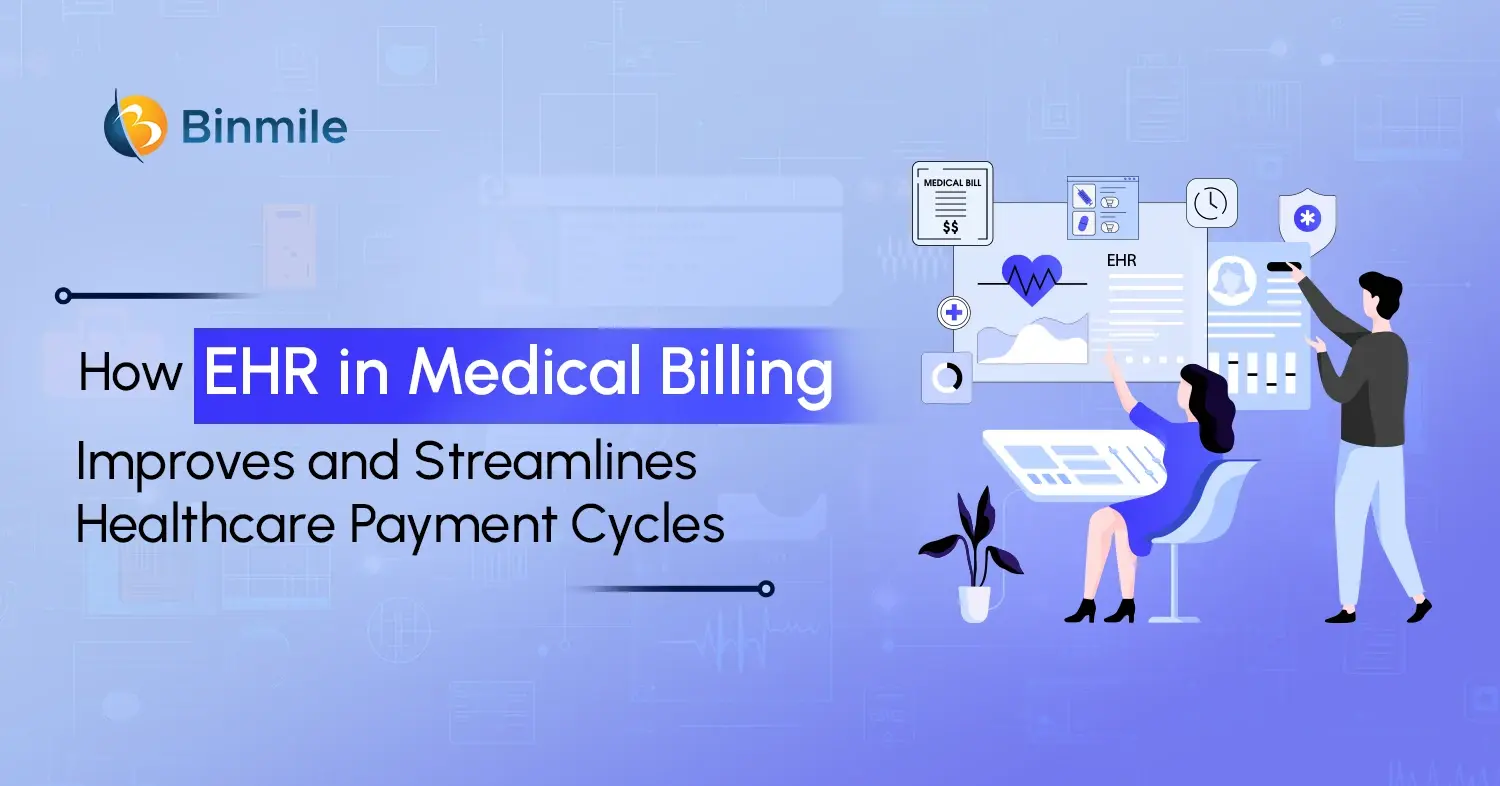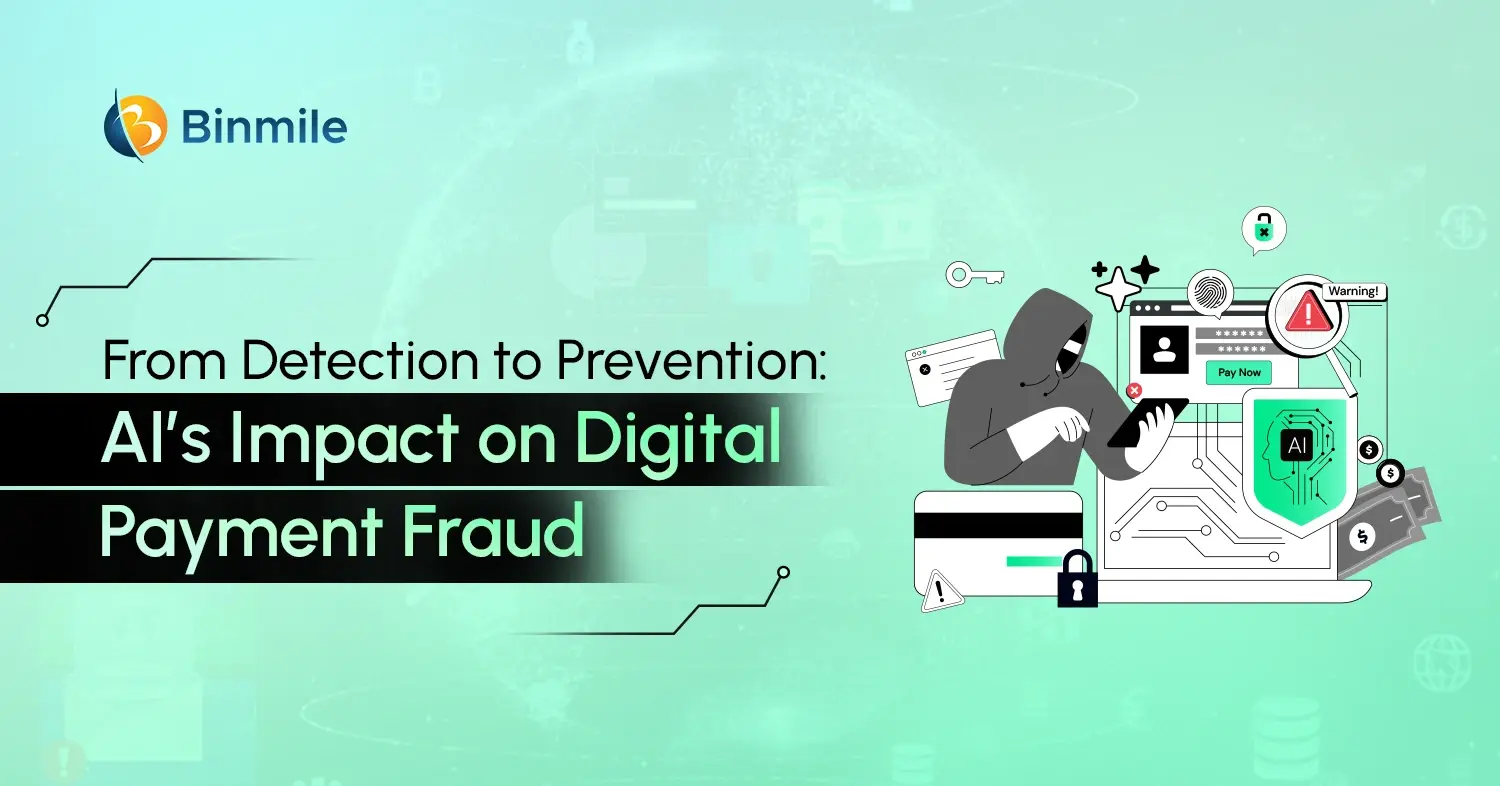Today’s world is mobile and users prefer seamless, enhanced user experience and simple UI across devices. No hassle of downloading the app of the websites they like more or visit often. With the emergence of progressive web app development, (PWA) all they need to do is to access the app on a browser and get the best of both worlds. A PWA is a website with the feel and look of a native app but with more features such as offline usability, push notifications, and access to device hardware.
Progressive web applications have truly changed the way people interact with websites. Therefore, in the ever-evolving landscape of custom web application development, PWA has gained significant attention. The market size of PWA is expected to reach $10.44 billion by 2027, growing at a CAGR of 31.9%. The major reason for their popularity is that PWAs offer a seamless user experience, combining the best of web and mobile app functionalities. However, one of the first questions that arises when considering progressive web app development is the cost associated with it. In this blog, we will delve into the various factors that contribute to the cost of PWA development, providing you with a clearer understanding of what to expect.
What is Progressive Web App Development: An Overview

Progressive Web Applications (PWAs) are a type of web technology that combines the best features of web pages and native mobile apps. They offer a seamless and engaging user experience by leveraging modern web capabilities and features. Here are the benefits of PWAs:
- Cross-Platform Compatibility: It enables businesses to reach a broader audience without investing in separate app versions.
- Cost-Effective Development: Using a single codebase for multiple platforms, turns out to be cost-effective compared to building separate native apps for each platform.
- Faster Development: Leveraging web technologies and frameworks, leading to quicker development cycles and faster time-to-market.
- Increased Conversion Rates: Seamless, fast performance and responsive design, leading to higher conversion rates, boosting sales and revenue.
- Lower Maintenance Costs: Automatic updates and a unified codebase reduce ongoing maintenance efforts and costs of progressive web application development.
- Better Discoverability: PWAs are discoverable by search engines, enhancing visibility and attracting more organic traffic.
Difference Between Native App and PWA
Native apps are platform-specific, downloaded from app stores, and come with full device access features. However, they demand separate codebases, escalating development costs, and maintenance efforts.
On the other hand, PWAs are web apps accessible through browsers, and offering cross-platform compatibility and streamlined maintenance with a unified codebase. While they lack full device access, PWAs are lightweight, quick to develop, and easily discoverable.
Also Read: PWAs vs. Native Apps for eCommerce Development
How Much Does Progressive Web App Development Cost In 2025?

Progressive web application development cost depends on numerous factors. That is why it is difficult to get an idea about the cost without an in-depth understanding of a project’s requirements and end-users. Still, to give you the estimated cost of creating an app, it is somewhere between $40,000 to $50,000.
Even then, there are some PWAs that cost less and some that cost millions of dollars. It is important to note that the cost of maintenance for any application, be it mobile or web, is roughly 20 to 25% of the total development cost.
Here is an estimate of the price to develop various PWA types, along with an hourly rate:
| Types of PWA Project | Estimate Cost |
| Basic PWA (Simple Features) | $5,000-$15,000 |
| Mid-Range PWA (Moderate Complexity) | $15,000-$50,000 |
| Advanced PWA (Complex Features) | $50,000-$150,000 |
So how do we figure out the progressive web app development cost? Let us explore some of the major factors that influence how much it costs to develop a PWA.
Factors That Affect a Progressive Web App Cost
1: Features and Complexity
The scope and complexity of features you plan to implement in your PWA significantly influence the overall cost. Basic PWAs with essential features like offline access and push notifications tend to be more affordable, while advanced functionalities such as real-time synchronization, geolocation services, payment gateways, and social media integration require more development effort and contribute to higher costs.
2: Design and User Experience (UX)
The design and user experience of your PWA plays a crucial role in determining the cost. A sophisticated and user-friendly interface requires more design work, animation integration, and responsiveness optimization. Complex UI/UX designs contribute to increased development time and costs.
3: Developer Expertise and Location
The expertise and experience of the development team you choose impact the cost. Highly skilled developers command higher rates due to their ability to produce high-quality code and streamlined solutions. Additionally, the location of the development team matters, as rates can vary greatly between regions with different costs of living.
For example, senior front-end developers’ pay range is nearly $70 to $150/per hour in the US and UK but goes down to $60 in South America. Therefore, be conscious of the location of the PWA development team you intend to work with. Select a location that suits your budget and also offers you flexibility in terms of communication and deliverables.
4: Integration and Backend Complexity
The level of integration your PWA requires with backend systems, databases, APIs, and external services affects the cost. Integrating complex systems seamlessly into your PWA architecture demands additional development and testing effort, leading to higher costs.
5: Testing and Quality Assurance
Rigorous testing is essential to ensure that your PWA functions reliably across different devices, browsers, and scenarios. Comprehensive testing and quality assurance processes, including bug identification, performance optimization, and compatibility checks, contribute to custom web application development.
6: Performance Optimization:
Ensuring your PWA is optimized for fast loading times and smooth performance across various devices and network conditions adds to the development cost. Achieving optimal performance often involves fine-tuning code, optimizing assets, and conducting performance testing, which can extend the development timeline and increase costs.
6: Maintenance and Ongoing Updates
The cost of PWA development isn’t limited to the initial creation. Maintenance and ongoing updates are essential to keep your PWA secure, up-to-date, and functioning smoothly over time. Regularly updating features, addressing bugs, and maintaining compatibility with evolving technologies require continuous effort and can contribute to long-term development costs.
Read More : Cost of PWA Development for eCommerce Businesses.
Tips to Optimize Progressive Web App Development Costs

It is understood that a complex progressive app development means higher development costs. However, there are certain ways you can reduce the cost without compromising on the features and quality of your PWA. Follow these tips to optimize your progressive web application costs:
- Feature Prioritization: Define a clear set of essential features for your PWA. Avoid the temptation to include every possible feature, as this can lead to increased development time and costs. Prioritize functionalities that directly align with your business goals and user needs. By focusing on a lean set of core features, you can expedite development, stay within budget, and launch a functional PWA sooner.
- Scalable Architecture: Your progressive web app development should be built with scalability in mind. Choose an architecture that allows you to add new features and make updates without major overhauls. A modular approach, microservices, or component-based design can ensure that future enhancements integrate seamlessly, saving you from incurring significant development costs down the line.
- Reuse and Frameworks: Leverage existing resources to accelerate development. Use established web frameworks and libraries like React, Angular, or Vue.js to avoid reinventing the wheel. These tools provide pre-built components and structures that can significantly reduce development time and coding effort. Reusing code and relying on well-documented frameworks can lead to faster and more cost-efficient development.
- Early Performance Optimization: Focus on performance optimization from the outset of development. Optimize assets such as images, scripts, and stylesheets to minimize loading times. Implement caching strategies to enable faster subsequent visits. By addressing performance early, you prevent the need for extensive rework later in the process, saving both time and costs while delivering a smoother user experience.
- Expert Collaboration: Collaborate with a custom web application development company. Doing so, not only helps you capitalize on its expertise but you get PWA developed efficiently, avoiding costly mistakes and rework. Partnering with experts also ensures that your in-house team can focus on core business activities, while the outsourced development team helps you streamline creating an app process, and navigate the complexities of developing, monitoring, and managing PWA.
Also Read : Why Should Businesses Invest in Progressive Web App.
Final Thoughts
It is an indisputable fact that with progressive web application development, organizations get dependability, speedy downloads and installations, and network independence. But when it comes to budgeting for progressive web app development, the bottom line is there cannot be a set price for any PWA development. The cost of creating an app like PWA is influenced by a variety of factors ranging from the complexity of features, design considerations, and development time, to backend integration, among others.
The development cost may seem significant, but the long-term benefits in terms of user engagement, increased conversions, and cross-device compatibility often make it a worthwhile investment. Thus, ensure your investment in a PWA aligns with your business goals and is able to deliver an enhanced user experience. To achieve this, you need to analyze your project’s needs, focus on features, and create a realistic budget. Hopefully, the blog has given you an insight into how to optimize your progressive web app development cost. Additionally, get an estimation of the cost of creating an app like PWA.
Frequently Asked Questions
Optimizing a PWA involves several key steps:
- Performance: Ensure fast load times and smooth transitions by optimizing code, minimizing render-blocking resources, and using lazy loading techniques.
- Responsiveness: Design the app to be responsive across various screen sizes and orientations using responsive design principles and CSS media queries.
- Accessibility: Make the PWA accessible to all users, including those with disabilities, by following web accessibility standards (like WCAG).
- Progressive Enhancement: Implement features that work across different browsers and devices, ensuring a consistent experience for all users regardless of their platform.
PWAs offer features like push notifications, offline functionality, and fast loading times, which enhance user experience. Improved engagement through seamless interactions and quicker access to content leads to increased time spent on site and higher likelihood of conversions, ultimately boosting ROI.
Cost-saving strategies include:
- MVP Approach: Start with a Minimum Viable Product (MVP) that includes core features and then iterate based on user feedback and budget availability.
- Use of Frameworks and Templates: Utilize open-source frameworks, pre-built templates, and libraries to speed up development and reduce customization costs.
- Outsourcing: Consider outsourcing development to regions with lower labor costs or hiring freelancers with relevant expertise.
Consider additional costs such as domain registration, SSL certificates for secure connections, ongoing marketing or promotion efforts to attract users, and potential scalability needs as the app grows.









